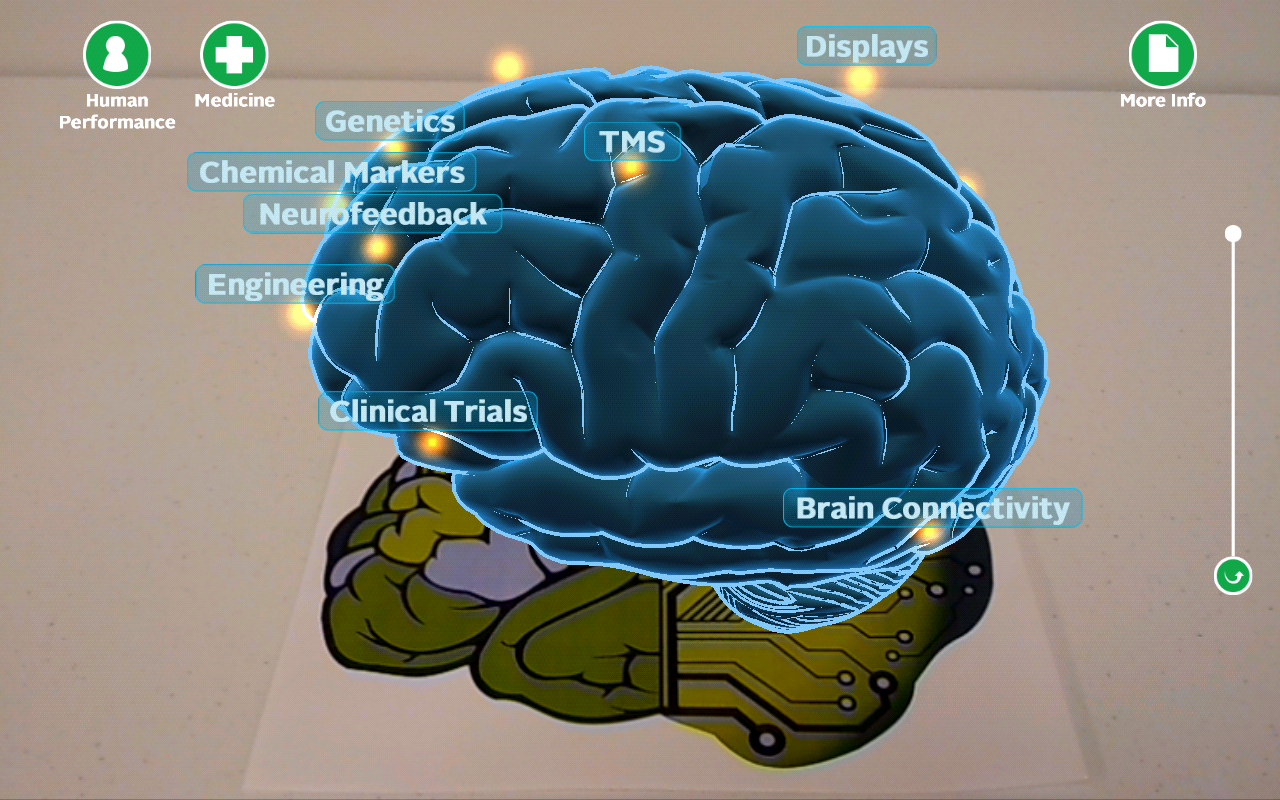What is PET Scan for Brain: Unveiling the Secrets of Brain Imaging
Guide or Summary:Understanding the Basics of PET ScansWhy is PET Scan Important for Brain Health?How Does a PET Scan Work?Applications of PET Scans in Neuro……
Guide or Summary:
- Understanding the Basics of PET Scans
- Why is PET Scan Important for Brain Health?
- How Does a PET Scan Work?
- Applications of PET Scans in Neurology
- The Future of PET Scanning in Brain Research
When it comes to understanding the intricate workings of the human brain, one of the most advanced tools at our disposal is the Positron Emission Tomography (PET) scan. But what is PET scan for brain, and how does it play a pivotal role in modern medicine? This imaging technique provides unparalleled insights into brain function, helping to diagnose various neurological conditions, assess brain activity, and even guide treatment plans.
Understanding the Basics of PET Scans
A PET scan is a non-invasive imaging test that utilizes radioactive tracers to visualize metabolic processes in the body. When we ask, "What is PET scan for brain?", we refer to its specialized application in examining cerebral function. During the procedure, a small amount of a radioactive substance is injected into the bloodstream. This tracer emits positrons, which are detected by the PET scanner to create detailed images of the brain's activity.

Why is PET Scan Important for Brain Health?
Understanding brain health is crucial for diagnosing and managing conditions such as Alzheimer’s disease, Parkinson’s disease, epilepsy, and brain tumors. By answering the question, "What is PET scan for brain?", we can appreciate its role in providing real-time data on brain metabolism and blood flow. This information is invaluable for neurologists and other healthcare providers, as it allows them to make informed decisions regarding treatment options.
How Does a PET Scan Work?
The process begins with the patient receiving a radioactive tracer, which is often a form of glucose. Since the brain is highly active and consumes a significant amount of glucose, areas of high metabolic activity will absorb more of the tracer. After a waiting period, the patient lies down in the PET scanner, which captures images of the brain based on the emitted positrons. The resulting images reveal areas of normal and abnormal brain activity, providing critical insights into the patient's condition.
Applications of PET Scans in Neurology
Now that we know what PET scan for brain entails, let's explore its various applications. One of the most significant uses is in the early detection of Alzheimer’s disease. PET scans can identify amyloid plaques and tau tangles, which are hallmarks of this neurodegenerative disorder. Additionally, PET imaging is instrumental in evaluating the effectiveness of treatments, allowing clinicians to adjust strategies based on real-time data.

Another application is in the assessment of brain tumors. PET scans can help differentiate between benign and malignant tumors by highlighting areas of increased metabolic activity. This information is critical for determining the appropriate course of action, whether it be surgical intervention, radiation therapy, or chemotherapy.
The Future of PET Scanning in Brain Research
As technology advances, the future of PET scanning holds even more promise. Researchers are continually developing new tracers that can target specific brain receptors and pathways, providing even greater detail about brain function. This innovation could lead to breakthroughs in understanding complex neurological disorders, ultimately improving patient outcomes.
In conclusion, understanding what is PET scan for brain is essential for anyone interested in the field of neurology or brain health. This powerful imaging technique not only aids in diagnosis but also enhances our understanding of brain function and disease progression. As we continue to explore the depths of the human brain, PET scans will undoubtedly remain a cornerstone of neurological research and clinical practice.
